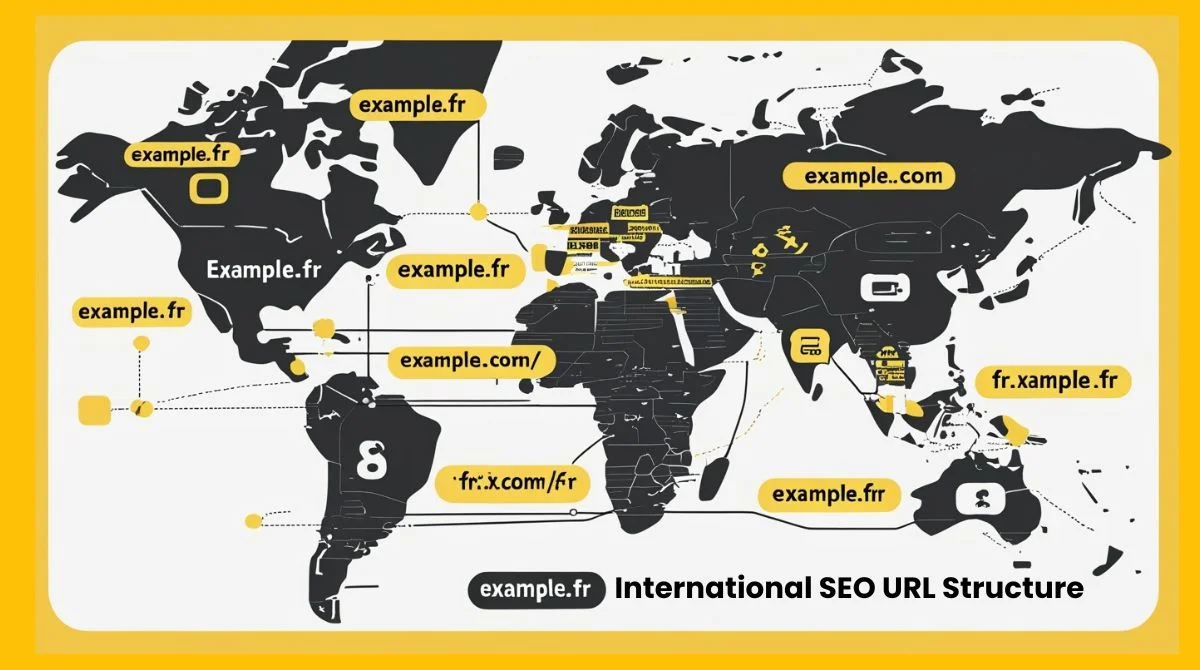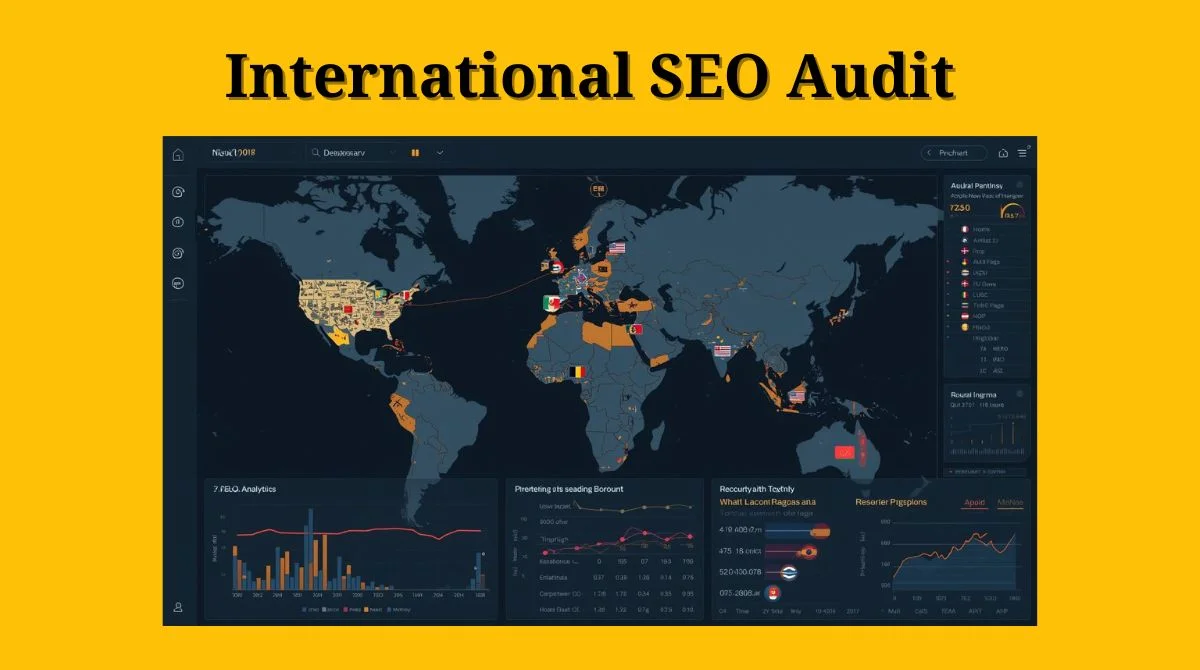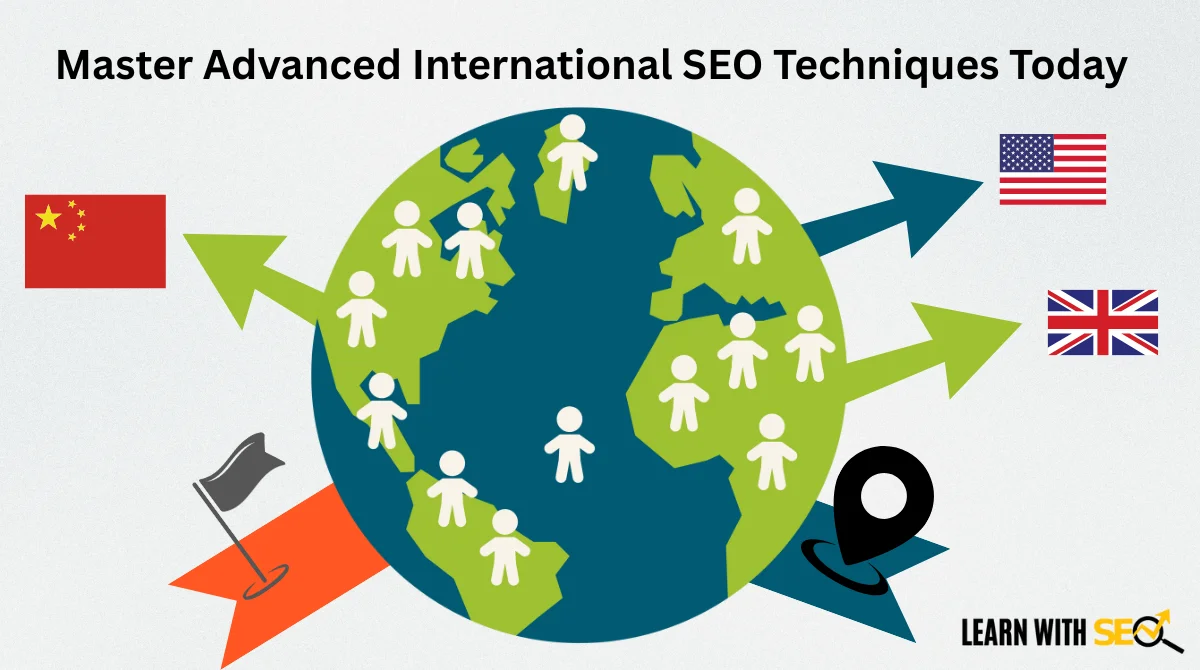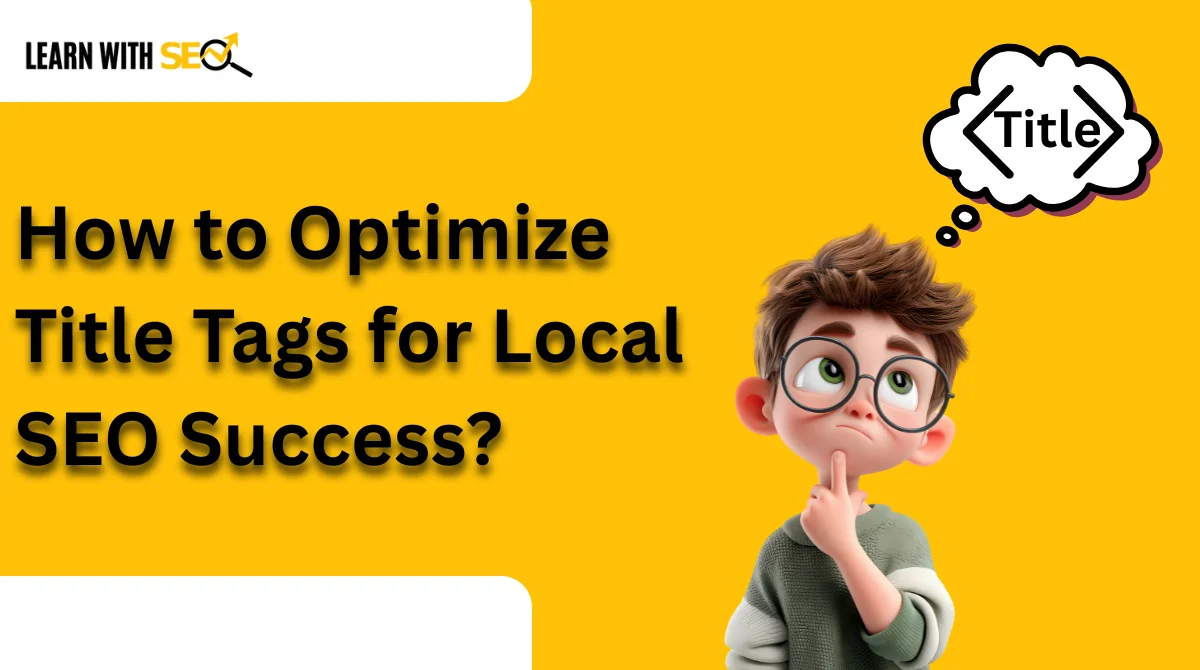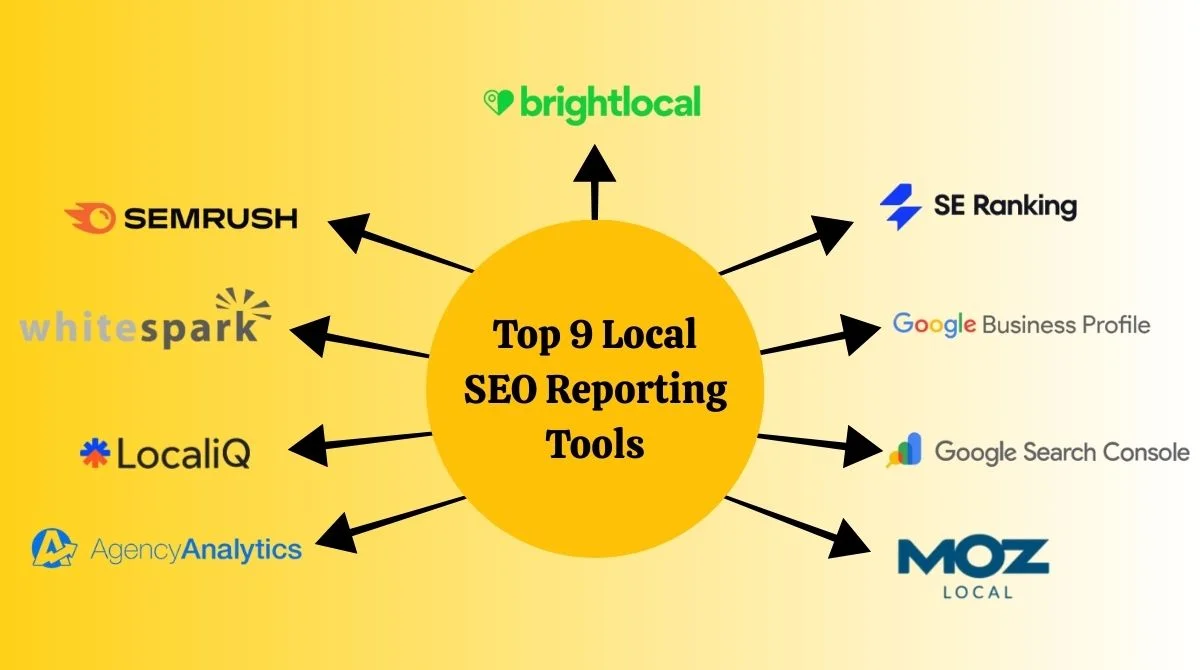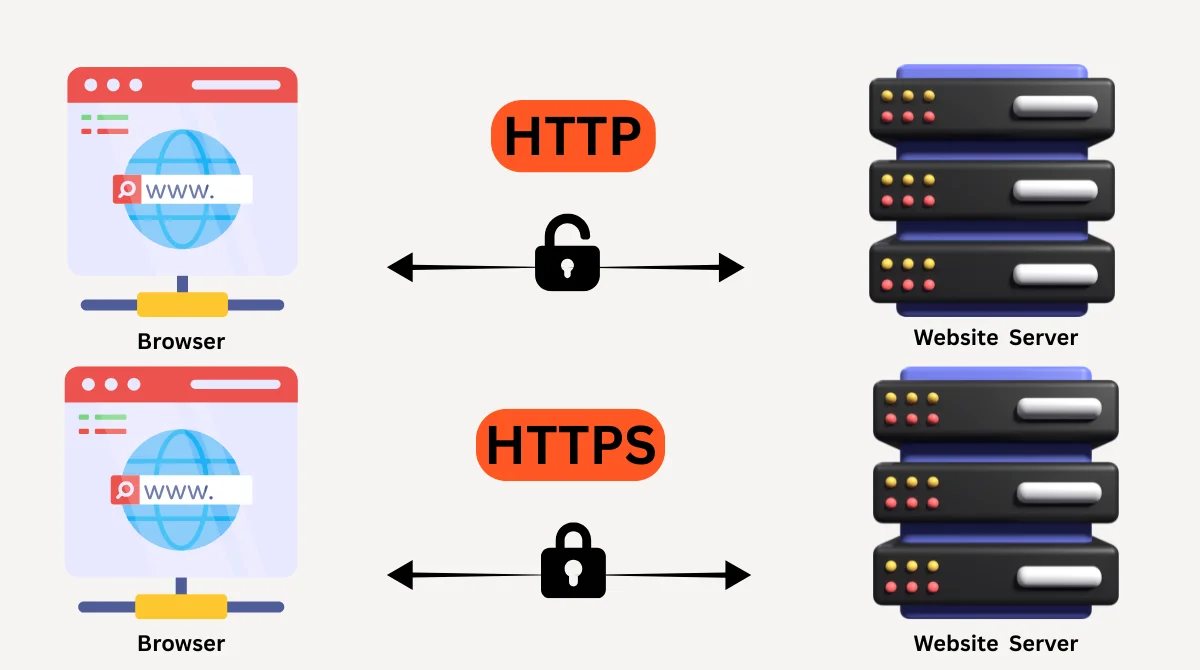Search engines are where people go to find answers, products, and services every day. For businesses and marketers, this creates a powerful opportunity. Search Engine Marketing (SEM) is the process of promoting websites through paid ads and optimization to appear in front of the right people at the right time. But SEM alone is not enough. To compete in today’s digital world, brands need Search Engine Marketing Intelligence (SEMI) strategies that help them make smart decisions, use data effectively, and stay ahead of competitors.
What is Search Engine Marketing Intelligence?
Search Engine Marketing Intelligence (SEMI) means using data, tools, and insights to make better decisions in SEM campaigns. Instead of just running ads and hoping for results, SEM intelligence helps businesses understand:
- What keywords are customers searching for?
- How are competitors running their campaigns?
- Which ad copies bring higher clicks?
- What budgets and bids are working best?
- How is customer behavior changing over time?
In short, SEM intelligence turns raw search data into useful strategies. It’s like having a roadmap that guides where and how to spend your marketing money wisely.
Why SEM Intelligence Matters?
Placing ads without a strategy is like driving without directions. You might move forward, but you won’t know the best direction. SEM intelligence provides clarity and focus.
Some key benefits include:
- Better ROI: By analyzing keywords and performance, you invest in ads that bring more customers for less money.
- Competitive Edge: You learn what competitors are doing, so you can design stronger campaigns.
- Smart Targeting: Intelligence tools help you target the right audience at the right time.
- Trend Awareness: Search habits change, and SEM intelligence helps you adapt quickly.
- Risk Reduction: You avoid wasting money on irrelevant keywords or poor ad placements.
Core Strategies for SEM Intelligence
1. Keyword Intelligence
Keywords are the heart of SEM. Keyword intelligence means researching and choosing the best keywords to reach your audience. Instead of focusing only on high-volume keywords, SEM intelligence looks at user intent and cost-effectiveness.
- Search Intent Analysis: Understand if users want to buy, learn, or compare.
- Long-Tail Keywords: Use specific keyword phrases that bring targeted traffic.
- Negative Keywords: Block irrelevant search terms that waste ad spend.
- Cost per Click (CPC) Insights: Compare costs to find affordable yet effective keywords.
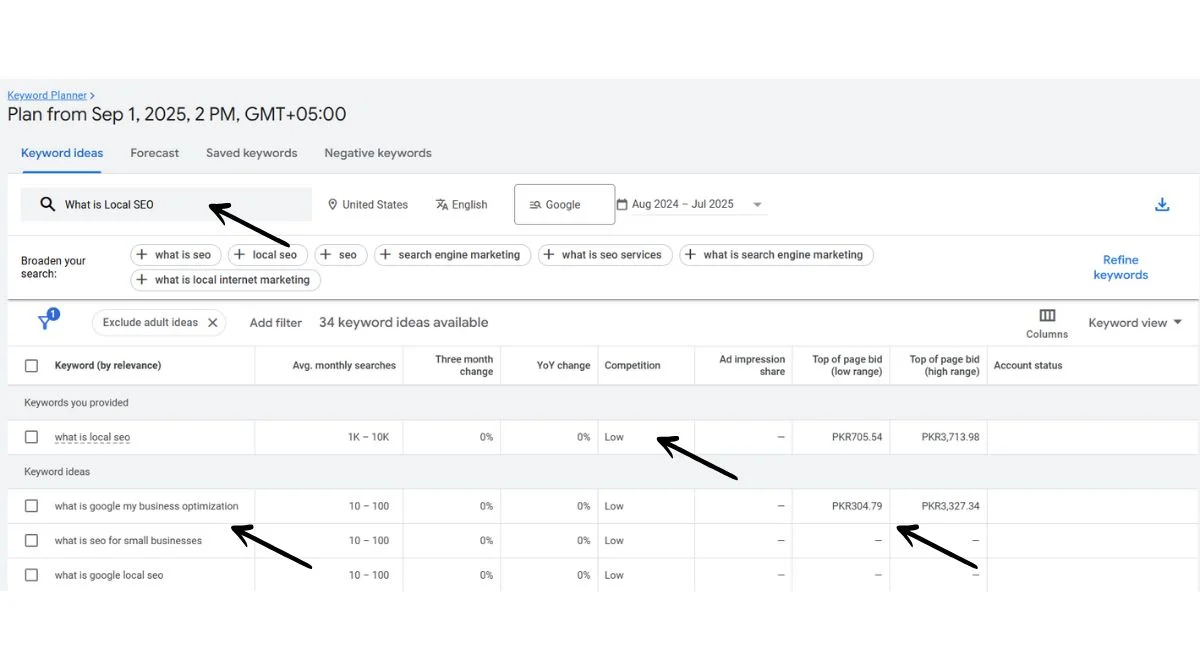
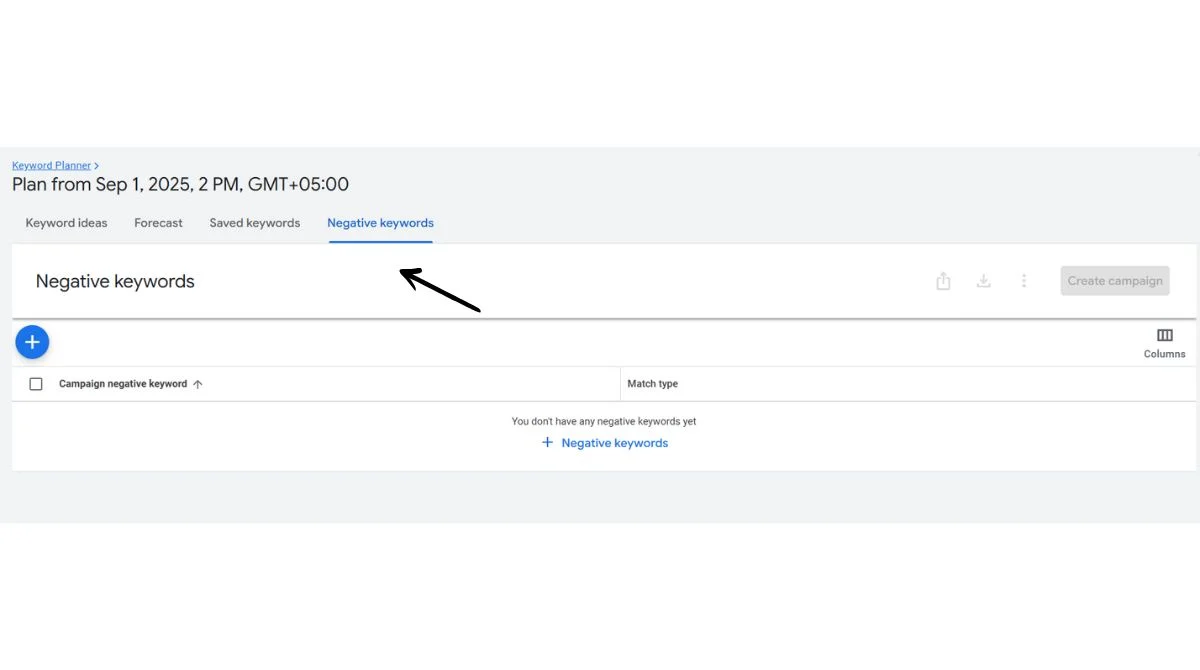
2. Competitor Intelligence
Competitor analysis is an essential SEM intelligence strategy. By monitoring competitors, you can learn which keywords, ad copies, and strategies they use successfully.
- Identify Competitor Keywords: Find the search terms your rivals are ranking for.
- Ad Copy Analysis: Study their headlines, offers, and CTAs (call-to-actions).
- Budget Insights: Estimate how much they spend and where.
- Gap Analysis: Discover opportunities competitors missed.
Competitor intelligence is not about copying. It’s about learning what works in your industry and improving it for your business.
3. Audience and Market Intelligence
Knowing your audience is key to SEM success. SEM intelligence collects data on who your customers are, what they search for, and how they behave online.
- Demographics: Age, gender, and location of your customers.
- Devices Used: Desktop, mobile, or tablets.
- Search Behavior: What time they search, how often, and with what intent.
- Psychographics: Their interests, preferences, and pain points.
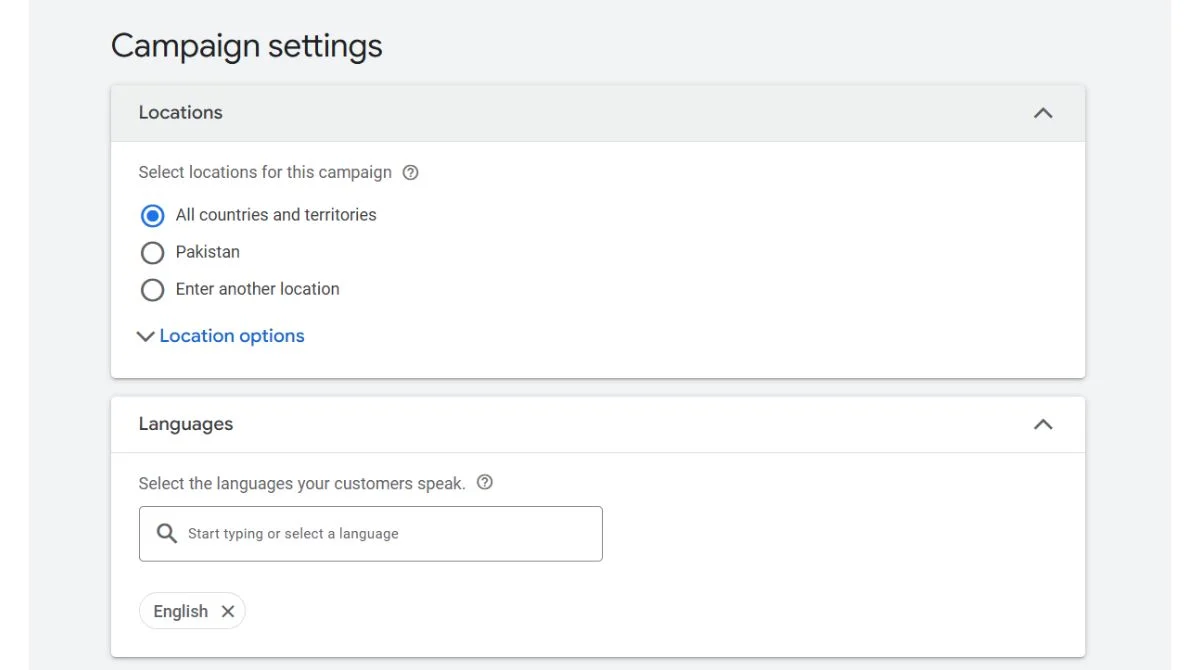
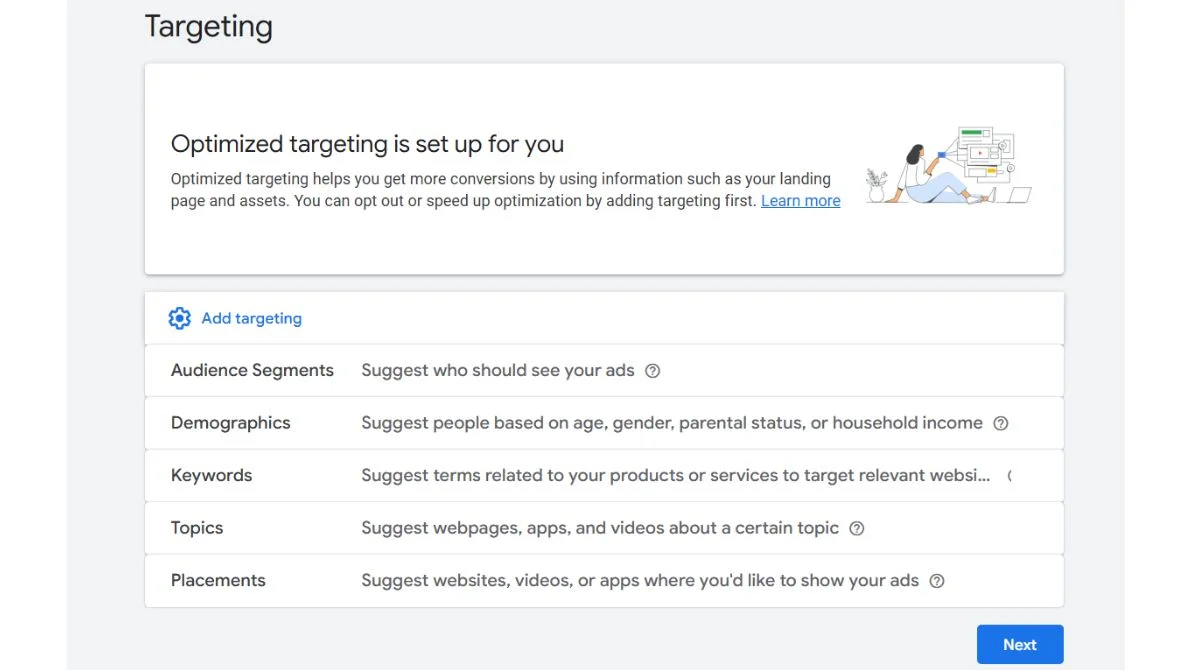
This information allows you to design highly targeted ads that connect emotionally and practically with your audience.
4. Ad Performance Intelligence
Your ads represent the identity of your SEM campaign. Intelligence tools track which ads perform best and why. This helps in optimizing for better click-through rates (CTR) and conversions.
- A/B Testing: Compare two ad versions to see which works better.
- CTR and Conversion Tracking: Find the ads that bring the most value.
- Ad Placement Insights: Learn which platforms and placements perform better.
- Quality Score Monitoring: Improve ad relevance and landing page experience.
5. Budget and Bidding Intelligence
Spending money wisely is one of the toughest parts of SEM. Budget and bidding intelligence ensures you get maximum results with minimal waste.
- Smart Bidding Strategies: Use automated bidding for better results.
- Daily and Monthly Budget Insights: Avoid overspending while staying visible.
- ROI Analysis: Focus spending on the best-performing campaigns.
- Forecasting: Predict future costs and performance trends.
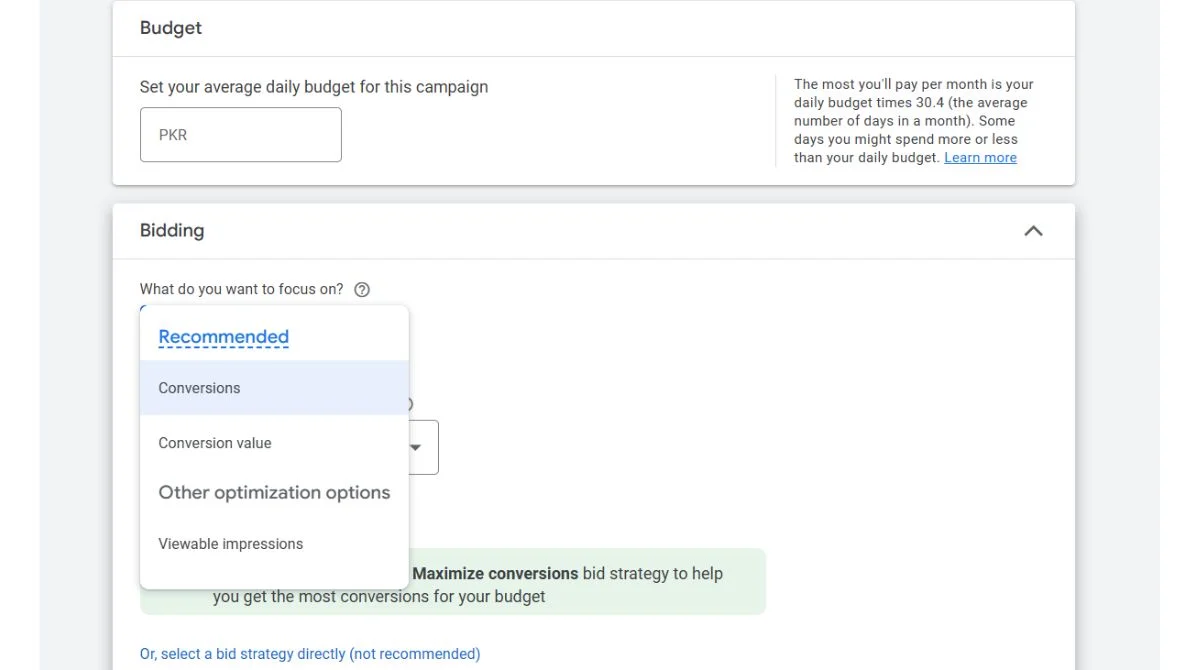
6. Geo and Local Intelligence
For businesses targeting specific cities or regions, geo-intelligence plays a big role. It ensures ads reach people in the right location.
- Location Targeting: Show ads only in selected areas.
- Local Keyword Research: Optimize ads with city or region-based keywords.
- Competitor Activity by Region: Analyze local competitor campaigns.
- Store Visit Tracking: For businesses with physical stores, measure how ads drive visits.
7. Content and Ad Copy Intelligence
Good ad copy makes people click. SEM intelligence tools analyze which words and styles perform best.
- Emotional Triggers: Identify which messages connect with users.
- CTA Performance: Compare different calls-to-action.
- Ad Extensions: Learn how site links, reviews, or call buttons affect performance.
- Competitor Copy Insights: See what tone and offers others are using.
8. Analytics and Reporting Intelligence
Data holds value only when you can interpret it. SEM intelligence relies on strong reporting systems and search performance analysis that turn numbers into actions.
- Custom Dashboards: Track important metrics in one place.
- Conversion Funnels: Understand where users drop off.
- Cross-Channel Insights: See how SEM works with SEO, social, and email.
- Regular Reporting: Make data-driven decisions, not guesses.
Tools for SEM Intelligence
Many tools support SEM intelligence by providing insights into keywords, competitors, ad performance, and user behavior. Below are some of the most widely used tools explained in detail:
Google Ads Keyword Planner
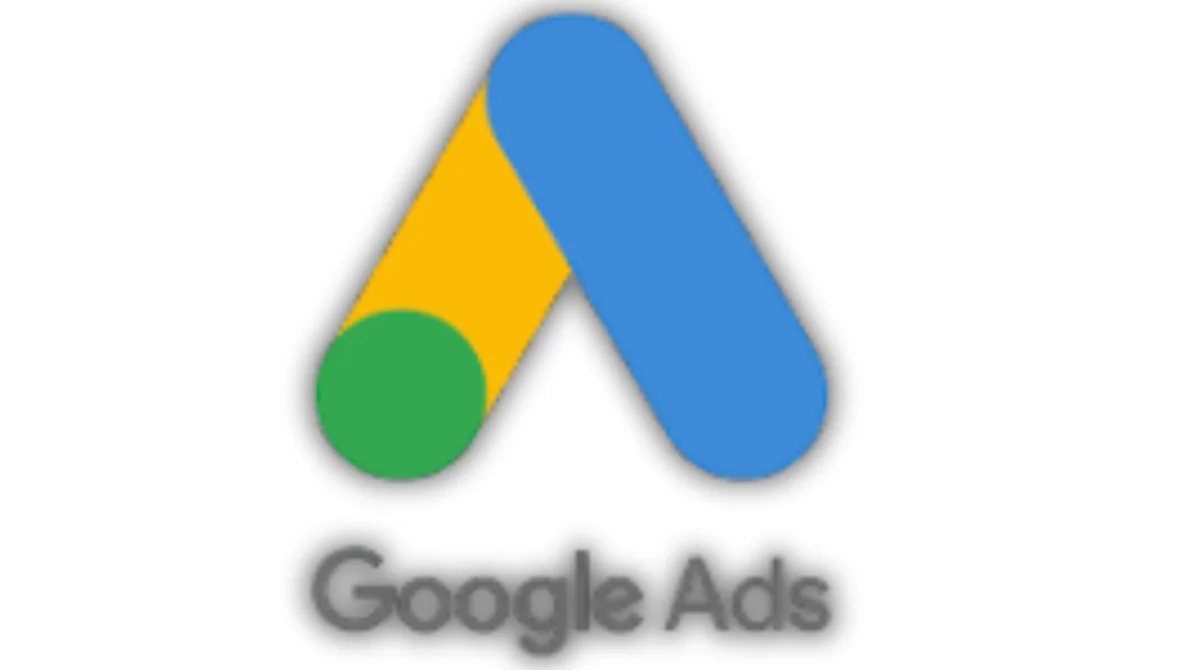
This free tool from Google is one of the most popular starting points for SEM. It helps you discover relevant keywords, see search volumes, and get bidding cost estimates. This data helps you spot the keywords with the highest traffic potential and shape your campaigns around them.
SEMrush / Ahrefs

SEMrush and Ahrefs are two powerful platforms that offer competitor intelligence and keyword insights. They allow you to see which keywords your competitors rank for, the amount of traffic they generate, and what type of ads they use. Both also provide backlink analysis, which helps in evaluating a website’s authority and online presence.
SpyFu
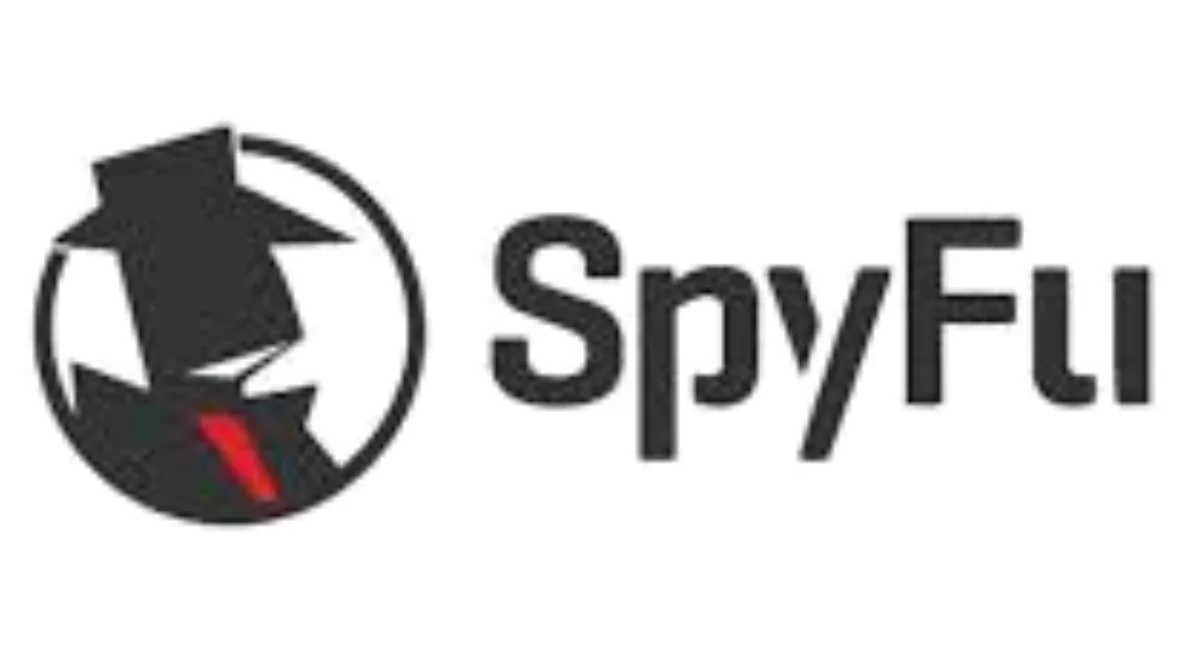
SpyFu is built to provide detailed insights into your competitors’ advertising strategies. It shows you what keywords competitors are buying, how long they’ve been running campaigns, and which ad copies perform best. This data makes it easier to design smarter, high-performing campaigns without wasting budget on trial and error.
Google Analytics
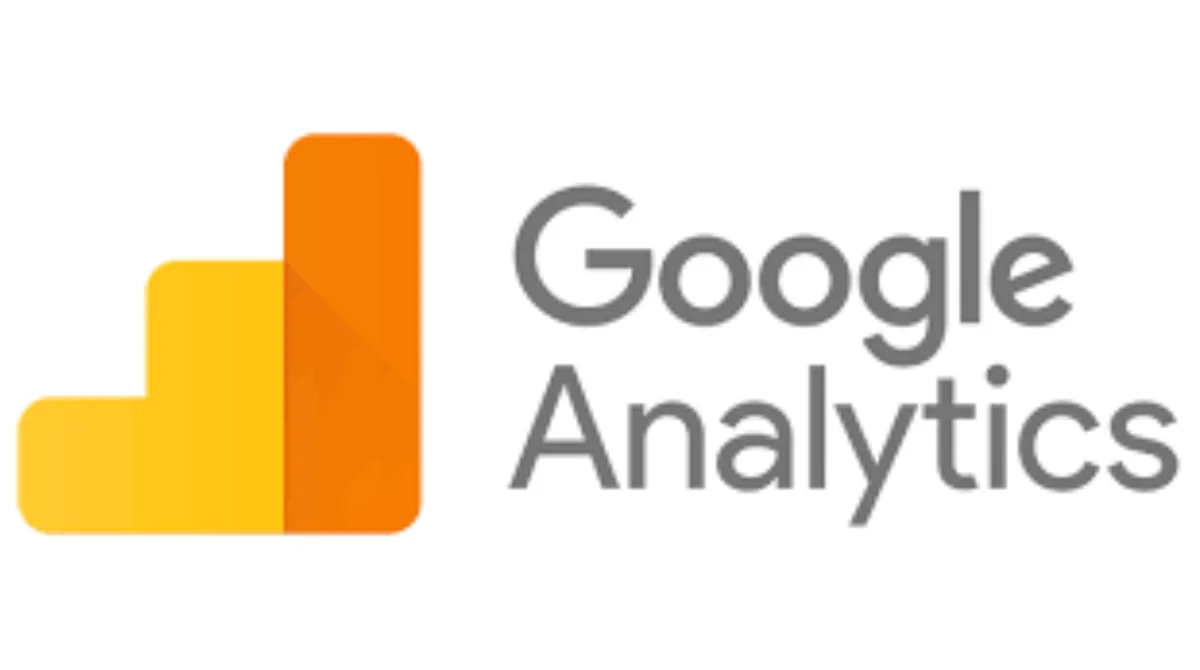
Google Analytics tracks website traffic and user behavior. It provides valuable insights such as traffic sources, bounce rates, user demographics, and conversion tracking. By combining Analytics with SEM campaigns, you can measure ROI and identify which ads or keywords deliver the most valuable visitors.
SimilarWeb

SimilarWeb offers a broad overview of competitors’ traffic and audience patterns. It shows where their visitors come from, how engaged they are, and what other websites or platforms they interact with. This helps businesses understand their market better and discover new growth opportunities.
AdEspresso

AdEspresso, by Hootsuite, focuses on optimizing ad performance, especially for Google Ads and Facebook Ads. It allows A/B testing of multiple ad variations, so you can quickly see which headlines, images, or targeting options work best. This helps maximize ad spend efficiency and boost overall ROI.
These tools make data collection and analysis simple, giving businesses a clear path to design effective SEM strategies. By using them together, you can gain a complete picture of your digital market, refine campaigns, and achieve steady growth.
Building an SEM Intelligence Framework
To apply SEM intelligence effectively, follow a structured process:
- Set Clear Goals: Decide what you want to achieve, such as traffic, sales, or brand awareness. Clear goals give your campaigns direction.
- Collect Data: Use SEM tools to gather insights on keywords, competitors, and audience behavior. Trustworthy data is the backbone of smart decisions.
- Analyze Patterns: Look for trends, gaps, and opportunities in the data. This helps you understand what works and where improvement is needed.
- Apply Strategies: Use the findings to adjust keywords, ad copy, targeting, and budgets. Focus more on areas that show higher potential.
- Test and Improve: Run small tests to compare ads or keywords, then improve based on results. Continuous testing keeps campaigns effective.
- Report and Forecast: Track performance regularly and create reports. Leverage them to forecast growth and sharpen long-term strategies.
The Future of SEM Intelligence
SEM intelligence will continue to grow as AI, machine learning, and automation advance. Upcoming strategies will emphasize predictive analytics, voice search, and real-time bidding PPC optimization. Marketers who embrace intelligence today will stay ahead tomorrow.
Conclusion
Search Engine Marketing Intelligence is more than just running ads. It’s about using insights to design smarter, data-driven campaigns that deliver real business results. From keyword research to competitor tracking, audience analysis, ad optimization, and budget control, every step becomes stronger with intelligence. Businesses that apply SEMI strategies not only improve their visibility but also ensure long-term growth in the competitive digital landscape.


